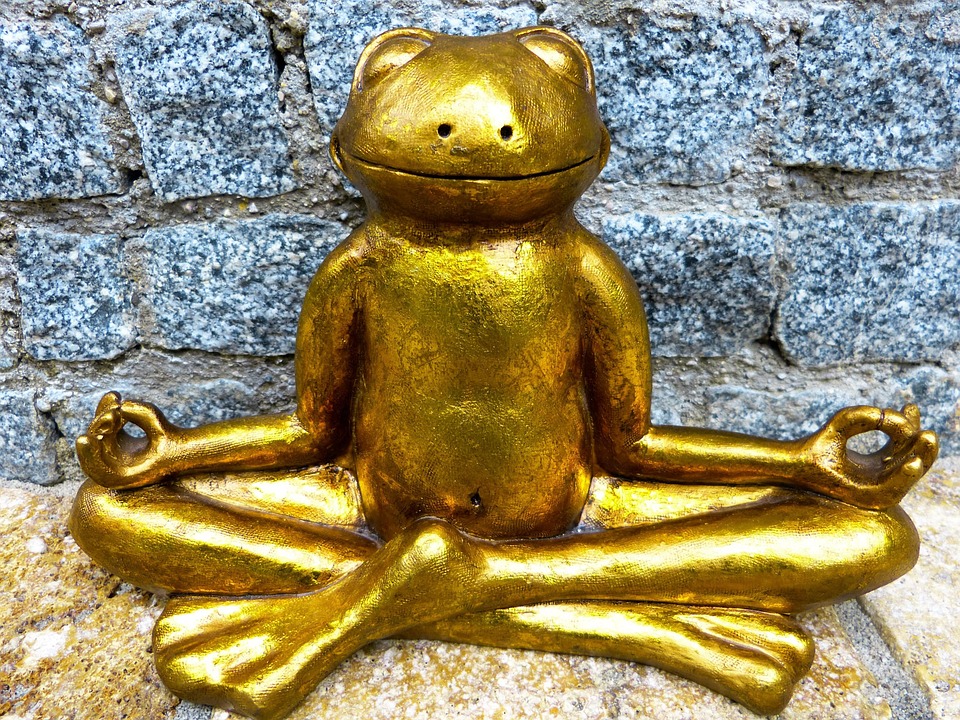
Feel free to mix or adapt any of these to better fit your article’s focus!
Certainly! Here’s an article that blends several themes, focusing on the idea of adaptability and creativity in various contexts:
The Art of Adaptation: Embracing Change in a Dynamic World
In an ever-evolving world, the ability to adapt is more crucial than ever. Whether in personal life, professional settings, or creative endeavors, the readiness to change and innovate not only fosters resilience but can also lead to unexpected opportunities. This article explores the multifaceted nature of adaptation, blending insights from various domains including psychology, business, and the arts.
The Psychology of Adaptation
Psychologically, adaptation is a response to change, crucial for mental well-being. According to psychologists, individuals who embrace flexibility tend to handle stress better and exhibit greater emotional stability. This idea aligns with the concept of growth mindset, introduced by Carol Dweck, which posits that viewing challenges as opportunities for growth can lead to improved outcomes.
Incorporating adaptation into daily life can take many forms. Mindfulness practices, for instance, encourage individuals to remain present and open to change, helping to navigate life’s uncertainties with grace.
Business: Thriving Through Change
In the business realm, adaptability is not just a desirable trait but a necessity. Companies that can pivot in response to market shifts often outpace their competitors. This was evident during the COVID-19 pandemic when businesses across the globe had to reassess their strategies. From brick-and-mortar stores transitioning to e-commerce models to restaurants offering delivery services, creativity became a lifeline.
Successful leaders emphasize the importance of fostering a culture of innovation. Businesses like Amazon and Apple thrive on the continuous adaptation of their products and services, always seeking to meet evolving consumer needs.
The Arts: A Canvas of Creativity
In the world of art, adaptation can also lead to profound expressions of creativity. Artists often merge different styles and mediums to explore new concepts. Consider how traditional painting techniques are combined with digital technology, allowing for an expansive range of artistic expression. This melding of genres not only generates new art forms but also invites audiences to engage with art in novel ways.
Moreover, literary adaptations—from classic novels reimagined as films to contemporary retellings of myths—showcase how stories can transcend their original contexts, allowing new generations to find relevance and resonance in age-old themes.
Practical Strategies for Embracing Adaptation
-
Mindset Shifts: Cultivate a growth mindset by viewing challenges as opportunities. Journaling about experiences and reflecting on lessons can aid in this process.
-
Continuous Learning: Stay curious. Engage in lifelong learning through courses, workshops, and reading. This openness can equip you with new skills to navigate changes effectively.
-
Networking and Collaboration: Surround yourself with diverse thinkers and creators. Collaboration can spark innovative ideas and provide fresh perspectives, enhancing adaptability.
-
Experimentation: Embrace trial and error. In creative projects or business endeavors, allow space for experimentation. Not every attempt will succeed, but each will offer valuable insights.
- Emotional Resilience: Build emotional intelligence. Understanding and managing emotions can empower you to respond more effectively to change and uncertainty.
Conclusion
Adaptation is not merely a reactive process but an active choice to embrace change and innovation. From fostering resilient mindsets to encouraging creative exploration, the ability to adapt shapes our futures. As we navigate the complexities of modern life, let us harness the power of adaptability to transform challenges into opportunities, enriching our lives and the world around us.
Feel free to adjust any sections or focus areas to better fit your specific context or audience!
